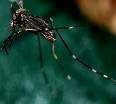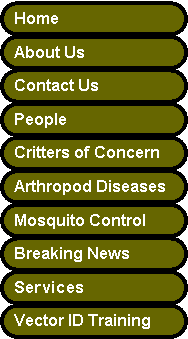























|
Common Mosquitoes Found in Kentucky |
|
Kentucky is known to be home to about sixty different species of mosquitoes, at least two species of sand flies, a handful of tick species, and a number of additional biting flies. This list of biting insects found in the state is not fully complete, but gives a general overview to the diversity of potential disease vectors found throughout the state. *All photos (unless otherwise cited) are property of Logan Minter. Please contact for usage permission. |
























